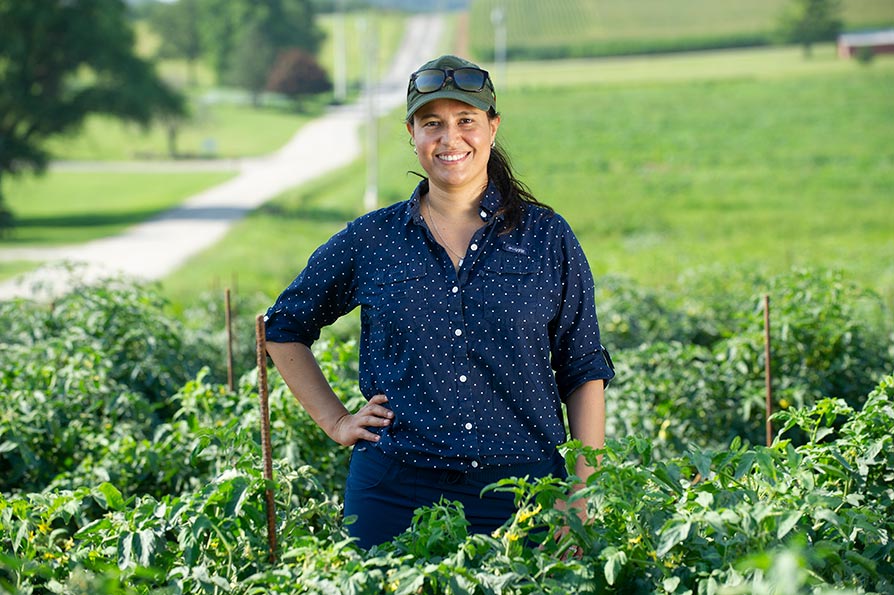Robo-Grove A Possibility
In the 20th century, the U.S. led the world in developing a broad range of automated and mechanized agricultural equipment. U.S. grain farmers fed the world, while U.S. horticultural production soared to more than 38% of the gross agricultural market. Yet today, growers across the nation are struggling to stay financially solvent. Labor, in particular, has been challenging, as growers struggle to employ a fully legal work force. Florida fruit and vegetable growers face numerous similar issues. Low global commodity prices, international wage disparity, and labor shortages present a mountain of challenges for Florida growers.
Finding Funding
Most of the fresh fruit and vegetables grown in Florida depend on seasonal workers to manually harvest the crops. Harvesting costs consume up to 50% of the total enterprise budget. In general, neither the commodity groups nor manufacturing can afford major automation and mechanization development programs, which require large budgets sustained over a number of years. This suggests that public dollars from either state or federal agencies are needed to “prime the pump” and direct the research community to develop cost-effective technologies for agricultural harvests.
Federal support for agricultural mechanization research was distinctly lacking over the past 30 years. The political climate at that time prohibited investment into “labor-saving” technology. Numerous USDA programs and research projects at land grant universities were terminated. Consequently, crop harvesting practices for many labor-intensive commodities remain virtually the same as they were 30 years ago.
Around the nation, several grower groups have been successful in finding state and federal funding sources to support automation research and development. New technologies not only offer opportunities for the growers to stay competitive, but also can serve to create new jobs associated with the manufacture, operation, and servicing of machinery. Elimination of monotonous tasks such as heavy lifting, digging, handling of sharp objects, and repetitive tasks may be realized. Reduction of exposure to pesticides, pests, dust, and dangerous plant materials will be beneficial to the worker’s health and safety. Several potential uses of automation and robotic technology include; planting, maintenance, product handling, grading, transport, pesticide application, irrigation, fertilization, harvesting, pruning, etc.
Tweaking The Technology
The development of automated production and harvesting systems for field- and greenhouse-based horticultural crops and other field crops will require focused development programs, which address commodity specific technical issues. Multi-disciplinary research teams that consider machine, plant, and grower issues, along with the overall economic viability, will have the greatest opportunity for success.
Although there will be common technology components, such as machine vision, robotic manipulation, GPS guidance, electronic grading, and so on, each application will have to be customized to the unique nature of specific biological systems. For instance, harvesting systems for greenhouse-grown strawberries will be different from those for citrus trees.
However, collaboration and technology sharing between commodity groups offers the benefit of leveraging research dollars and reducing the overall development time of multiple crops.
These are extremely critical times for the future of American agriculture and for the food security of our nation. A concerted effort, from a unified agriculture, holds the greatest opportunity to secure state and federal funding for new research initiatives to sustain Florida horticultural crop competitiveness in a global marketplace.









